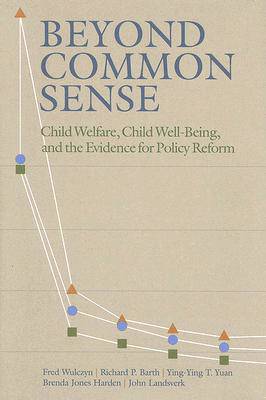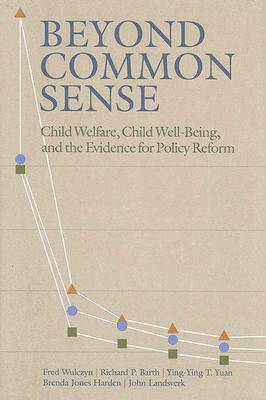
Je cadeautjes zeker op tijd in huis hebben voor de feestdagen? Kom langs in onze winkels en vind het perfecte geschenk!
- Afhalen na 1 uur in een winkel met voorraad
- Gratis thuislevering in België vanaf € 30
- Ruim aanbod met 7 miljoen producten
Je cadeautjes zeker op tijd in huis hebben voor de feestdagen? Kom langs in onze winkels en vind het perfecte geschenk!
- Afhalen na 1 uur in een winkel met voorraad
- Gratis thuislevering in België vanaf € 30
- Ruim aanbod met 7 miljoen producten
Zoeken
Beyond Common Sense
Child Welfare, Child Well-Being, and the Evidence for Policy Reform
Fred Wulczyn, Richard P. Barth, Ying-Ying T. Yuan, Brenda Jones Harden, John Landsverk
Hardcover
€ 141,95
+ 283 punten
Omschrijving
Helping vulnerable children develop their full potential is an attractive idea with broad common-sense appeal. However, child well-being is a broad concept, and the legislative mandate for addressing well-being in the context of the current child welfare system is not particularly clear.
Specificaties
Betrokkenen
- Auteur(s):
- Uitgeverij:
Inhoud
- Aantal bladzijden:
- 242
Eigenschappen
- Productcode (EAN):
- 9780202307343
- Verschijningsdatum:
- 31/07/2005
- Uitvoering:
- Hardcover
- Afmetingen:
- 152 mm x 229 mm
- Gewicht:
- 476 g

Alleen bij Standaard Boekhandel
+ 283 punten op je klantenkaart van Standaard Boekhandel
Beoordelingen
We publiceren alleen reviews die voldoen aan de voorwaarden voor reviews. Bekijk onze voorwaarden voor reviews.









